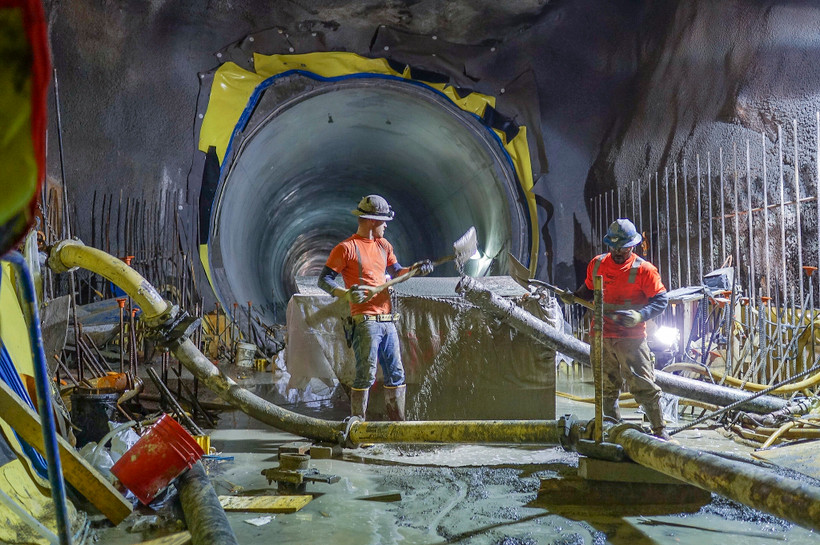Does Anyone Have a Backup Plan to Fund the MTA?
We asked 26 lawmakers who support the congestion pricing pause how they propose to fund transit upgrades. Most shrugged.

“I don’t think there’s a sense of urgency at this point in time.”
We asked 26 lawmakers who support the congestion pricing pause how they propose to fund transit upgrades. Most shrugged.

“I don’t think there’s a sense of urgency at this point in time.”
At New York Focus, our central mission is to help readers better understand how New York really works. If you think this article succeeded, please consider supporting our mission and making more stories like this one possible.
New York is an incongruous state. We’re home to fabulous wealth — if the state were a country, it would have the tenth largest economy in the world — but also the highest rate of wealth inequality. We’re among the most diverse – but also the most segregated. We passed the nation’s most ambitious climate law — but haven’t been meeting its deadlines and continue to subsidize industries hastening the climate crisis.
As New York’s only statewide nonprofit news publication, our journalism exists to help you make sense of these contradictions. Our work scrutinizes how power works in the state, unpacks who’s really calling the shots, and reveals how obscure decisions shape ordinary New Yorkers’ lives.
In the last two decades, the number of local news outlets in New York have been nearly slashed in half, allowing elected officials and powerful individuals to increasingly operate in the dark — with the average New Yorker none the wiser.
We’re on a mission to change that. Our work has already shown what can happen when those with power know that someone is watching, with stories that have prompted policy changes and spurred legislation. We have ambitious plans for the rest of the year and beyond, including tackling new beats and more hard-hitting stories — but we need your help to make them a reality.
If you’re able, please consider supporting our journalism with a one-time gift or a monthly gift. We can't do this work without you.
Thank you,


New York law mandates gender-affirming care — but some hospitals are backing down anyway.
Environmentalists have long charged that New York is falling short of its climate mandates. Now, they’re taking the state to court.
Mental health providers are scrambling to prevent mass layoffs and program closures, leaving advocates urging state leaders to step in before it’s too late.
Our team will be descending upon Albany on Tuesday. Here’s what they’ll be watching.
New York Focus reporter Sam Mellins reflects on what he learned this year, and teases what lies ahead for 2025.
New York has a little-noticed tool to shift billions of highway dollars to climate-friendly public transit projects. The governor doesn’t seem interested.